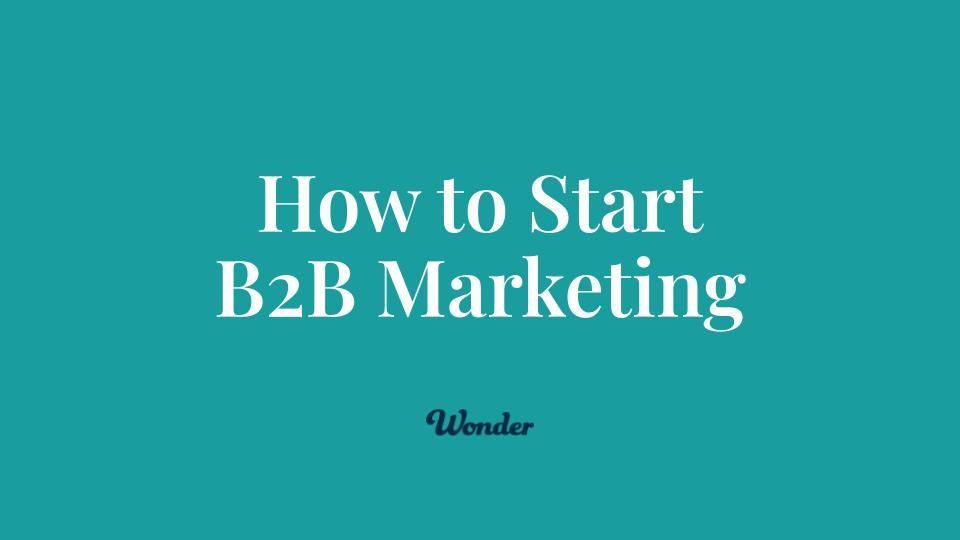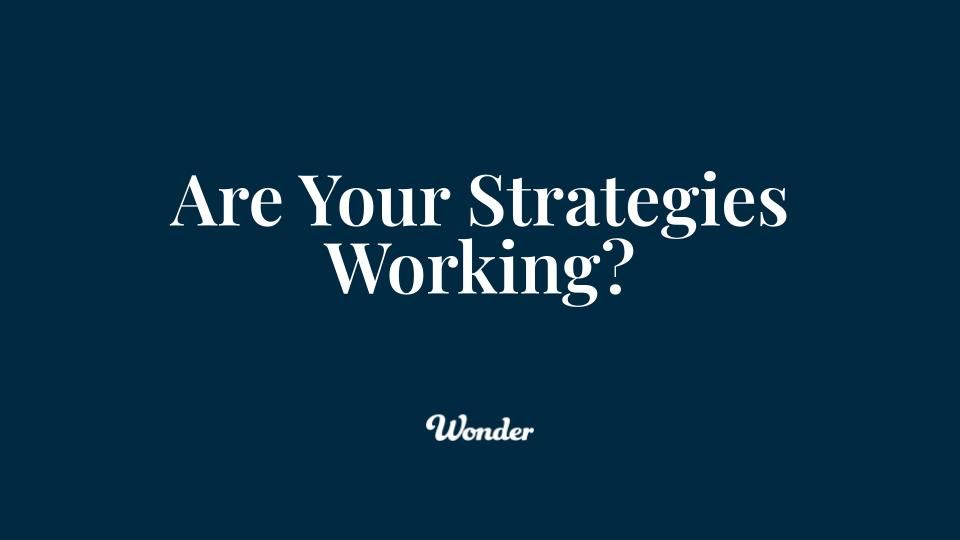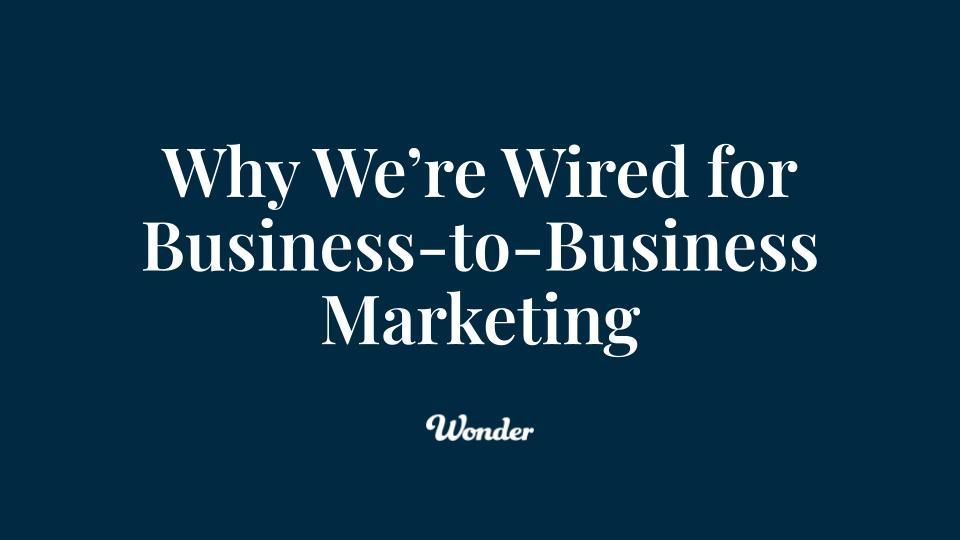The 5 Potential Perils of Remote Work for Young Creatives in Advertising

Remote work might be a career's silent saboteur for younger creatives.
I'm going against the grain here when I say that remote work isn't for everyone or every profession. It's particularly detrimental in small-to-medium ad agencies, where the environment of an agency is an education in and of itself.
If you’re an aspiring creative, say, a designer or a writer, envisioning a career in advertising, take heed. If your experience comprises mainly of remote work, particularly during the formative years of your career, you may be doing yourself a disservice.
Why is remote work bad for creatives in advertising?
The crucial first two to three years of agency life are simply irreplaceable. These are the years that separate the wheat from the chaff, acting as a veritable crucible for aspiring creatives. The process of enduring the rigors of below-the-line work, learning to handle rejection, taking direction from seasoned professionals, operating at an agency's energetic and often rapid pace, and using the right tools to bring ideas life; it's these challenges that mould raw talent into seasoned professionals.
The immersive experience of an in-office or hybrid environment is more conducive to the growth of these skills than remote work. When you're physically present in a busy agency, you're more likely to understand the nuances of advertising that often slip through the cracks in virtual workspaces. Being in an office provides a fertile learning ground for absorbing the ethos of the industry, understanding the intricacies of your craft, and getting your hands dirty.
Today, we're seeing a talent vacuum at the local level, with younger creatives' work often falling short compared to their pre-Covid counterparts. One plausible explanation could be the lack of in-person experiences, the peer collaboration and the mentorship that's ingrained into great agency culture.
My suggestion? Shift your focus to local agencies, seek out hybrid or in-office roles. It's time to stop chasing the allure of remote work and start investing in solid, on-the-ground experience that will serve as the foundation for your career. Engage in an environment that challenges you, hunker down, and work to develop the skills that will let your stars start to shine.
With a few years of in-agency experience under your belt, the lessons that you learn will reveal how little formal education really teaches about the real-world of advertising.
In summary, here's my 5 Potential Perils of Remote Work for Young Creatives in Advertising
- The formative years of your advertising career are crucial and are often best spent in an in-office or hybrid environment.
- Remote work, while increasingly popular, may not provide the robust learning environment required for young creatives in advertising.
- Being physically present in an energetic agency is beneficial as it allows you to absorb the industry ethos, understand the intricacies of your craft, and cultivate collaboration and creativity.
- The industry is currently experiencing a local talent vacuum, possibly due to the lack of in-person experiences and the critical collaboration and mentorship that an agency setting provides.
- It's crucial to seek out local or hybrid roles in agencies rather than getting swayed by the allure of remote work.
To make your creative mark in advertising, it's essential to 'think local', lean into hybrid or in-office opportunities, and trust the process. Remote work has its merits, but it may not be the optimal path for young creatives aspiring looking to learn the ropes of the agency business.






